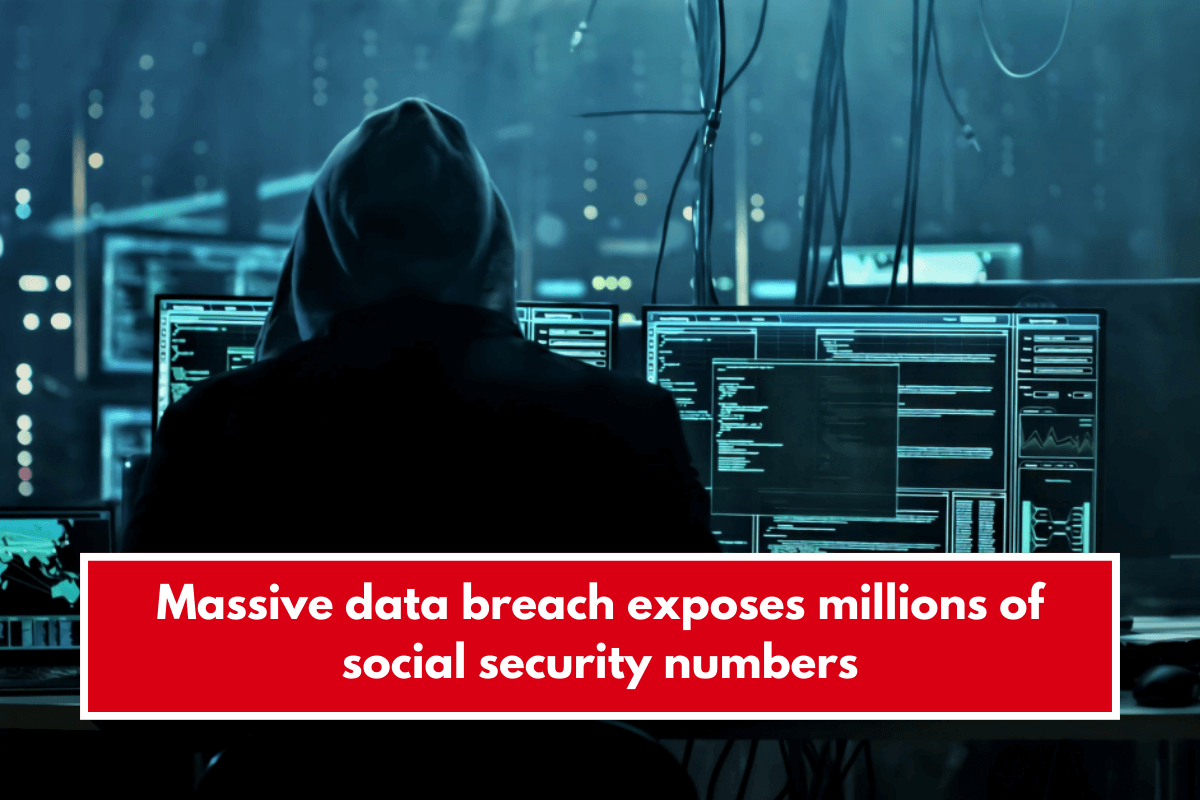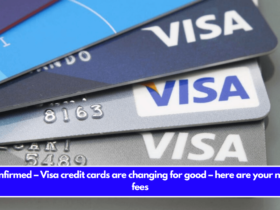Social Security numbers and other very private information were stolen. This could lead to a lot of identity theft, scams, and other illegal activities. Teresa Murray, who is in charge of customer protection for the U.S. Public Information Research Group, is very worried about what this breach means.
A well-known hacking group said about four months ago that they had stolen a huge amount of private personal information from a big data broker. A member of this group is said to have recently put most of this data up for free on an online market that is known for selling stolen personal data.
Social Security breach: a five-alarm wake-up call for personal data protection
In an interview, Murray said, “If this is really the whole dossier on all of us, it is much scarier than previous breaches.” This should be a five-alarm wake-up call for anyone who wasn’t already taking safety steps, which they should have been.”
A group of hackers called USDoD said in April that they had taken the personal information of 2.9 billion people from National Public Data, according to a class-action lawsuit filed in U.S. District Court in Fort Lauderdale, Fla. Employers, private investigators, staffing firms, and other people doing background checks can get personal information from this company.
A post on X by a cybersecurity expert says that the group first offered to sell this information on a hacker website for $3.5 million.
- The breach involves personal records from the United States, Canada, and the United Kingdom.
- Released data can lead to identity theft, fraud, and other crimes.
- This incident emphasizes the need for stringent personal data protection precautions.

Massive Data Breach Reported by Hacking Forum
Last week, someone who said they were from USDoD and only gave their name as Felice said on a hacking website that they were selling “the full NPD database.” This shocking news was caught in a picture that Bleeping Computer took.
Felice says that the data is made up of about 2.7 billion records, and each one has private information like a person’s full name, address, date of birth, Social Security number, and phone number. Felice also said that the information has different names and birth dates.
Alleged Breach of National Public Data
National Public Data hasn’t replied to calls for comment yet, and it hasn’t officially told people about the breach either. Even so, the company has told those who emailed them about the problem. They said, “We are aware of some third-party claims about consumer data and are looking into these matters.”
Key Details of the Data Breach
- Full Names: Included in the 2.7 billion records
- Addresses: Detailed personal addresses
- Date of Birth: Both actual and alternate birth dates
- Social Security Numbers: Sensitive SSN information
- Phone Numbers: Contact details
Read the following text for more information: In a security breach, information about almost all AT&T customers was stolen.
In a recent email, the business said it had deleted all of its data, which meant that everyone was no longer receiving any communications from them. Any “non-public personal information” that had been saved was erased after this firm move. That being said, it also said, “We may have to keep some records to meet legal requirements.”
Potential Risks of the Data Leak
A number of cybersecurity news sites have looked at parts of Felice’s data and confirmed that it looks like real, sensitive information about real people. If the information that was leaked is real, it offers a number of very serious risks. These are some of the things that could go wrong and what you can do to stay safe:
The Threat of ID Theft
Many of the pieces of information that were leaked are things that banks, insurance companies, and service providers need to open new accounts or let people change the passwords on current ones. This makes identity theft a very real risk. To keep yourself safe, think about taking these steps:
- Regularly monitor your bank and credit card statements for suspicious activity.
- Change your passwords frequently and use complex, unique passwords for each account.
- Enable two-factor authentication wherever possible to add an extra layer of security.
- Place a fraud alert or credit freeze on your credit reports to prevent unauthorized accounts from being opened in your name.
You can better protect yourself from the possible effects of this data leak if you stay alert and take these safety measures.
Some important parts of the latest data breach didn’t seem to be there when the hackers stole it. Email addresses, which are needed to log in to many services, and photos of a driver’s license or passport, which are used by many government agencies to prove identities, were missing.















Leave a Reply